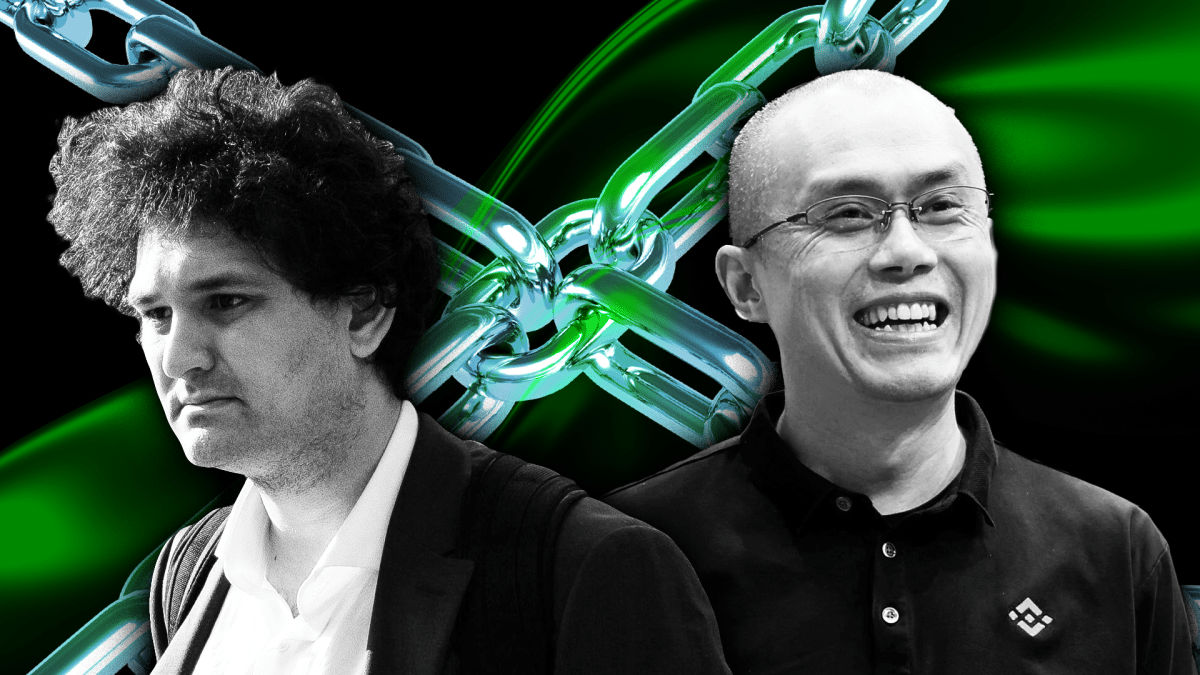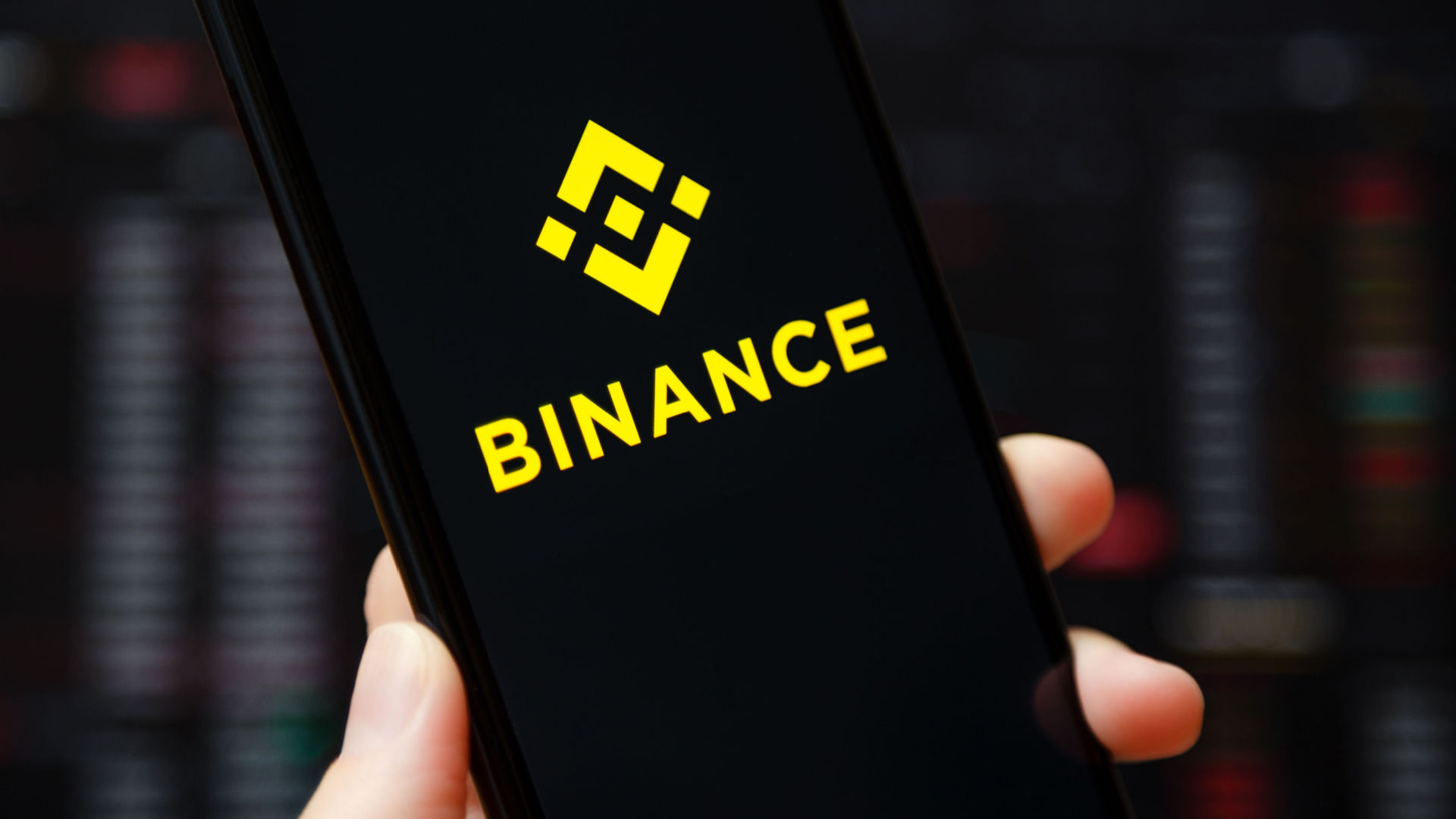The ongoing trial of Sam Bankman-Fried, former CEO of the now defunct crypto exchange FTX, has captivated the digital asset industry. A new book by acclaimed financial writer Michael Lewis titled Going Infinite chronicles the meteoric rise and catastrophic fall of Bankman-Fried’s empire.
One illuminating episode highlighted in the book involves Changpeng Zhao, founder and CEO of the leading cryptocurrency exchange Binance. Back in 2019, when Bankman-Fried was still considered a wunderkind of crypto, he approached Zhao with a proposal for a new futures exchange that would operate on a “zero-risk” model. Bankman-Fried requested $40 million in funding from Zhao to build out the leveraged trading platform.
Under the proposed model, traders could put up very little collateral to take large positions using borrowed funds. The futures exchange would then closely monitor each trade in real-time and automatically liquidate positions if collateral looked to be insufficient relative to the market swings of the highly volatile crypto assets.
Zhao ultimately declined the funding request, reflecting the divergent philosophies and focuses of the two crypto tycoons at the time. While Bankman-Fried was looking to disrupt the space by appealing to institutional investors hungry for risk, Zhao took a more conservative approach as he built out Binance’s spot trading operations and decentralized finance services.
The contrasting outlooks are evident in Zhao’s fateful decision to deny Bankman-Fried’s $40 million capital request for a futures exchange. As we now know with the benefit of hindsight, Bankman-Fried proceeded to rapidly expand FTX’s derivatives offerings anyway, supercharged by unrestrained leverage. His empire collapsed like a house of cards once crypto markets turned. The aftermath continues to roil the digital asset ecosystem to this day.





